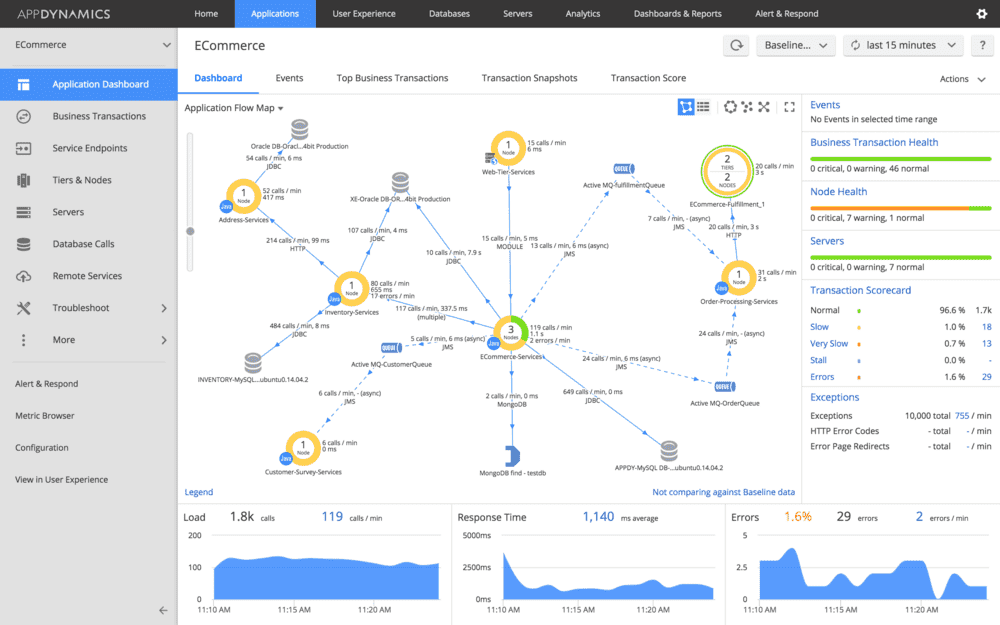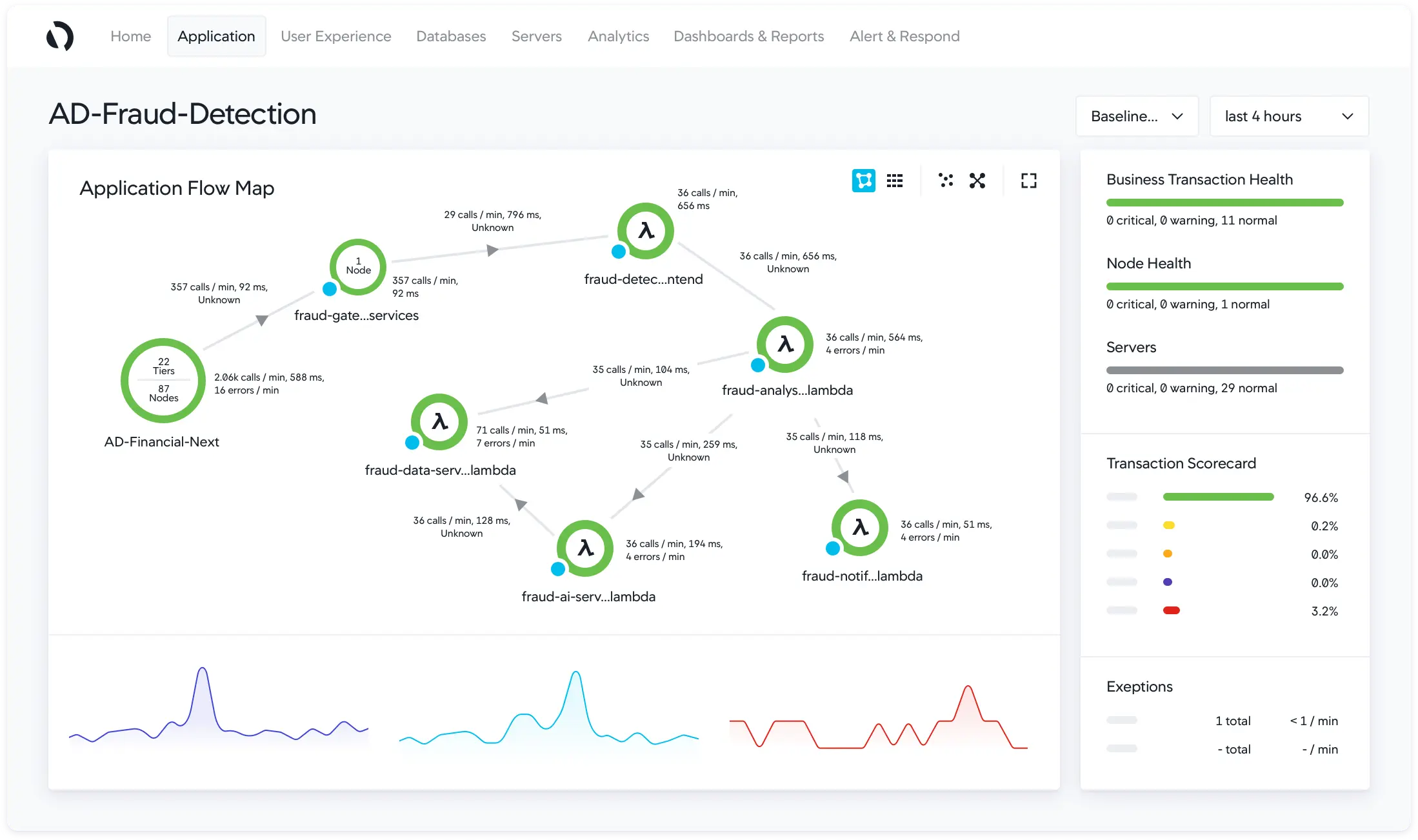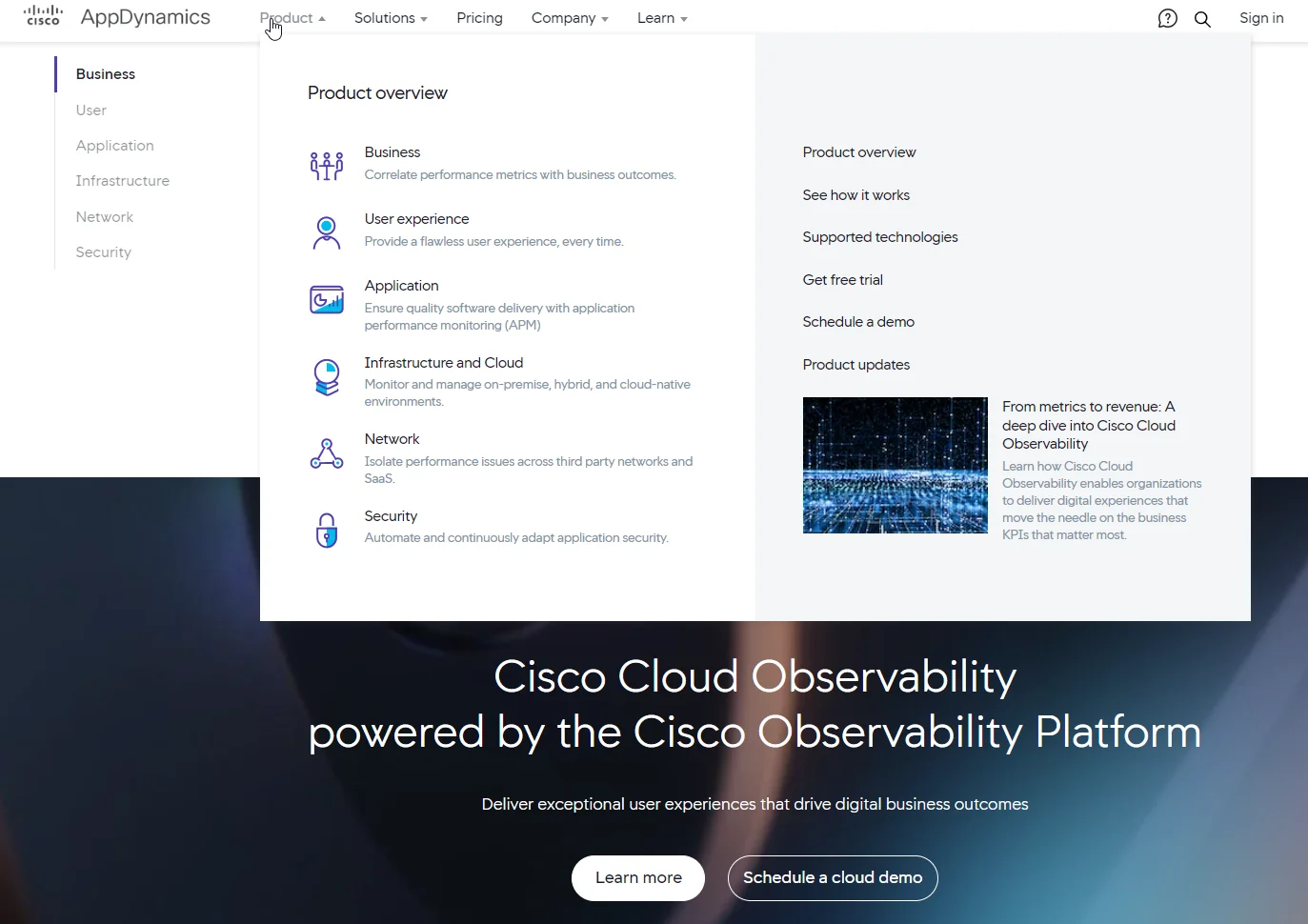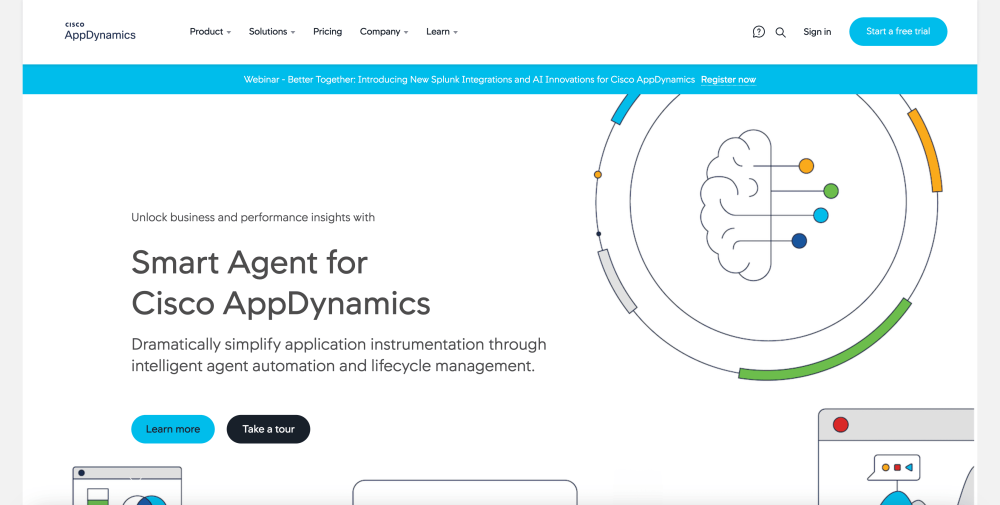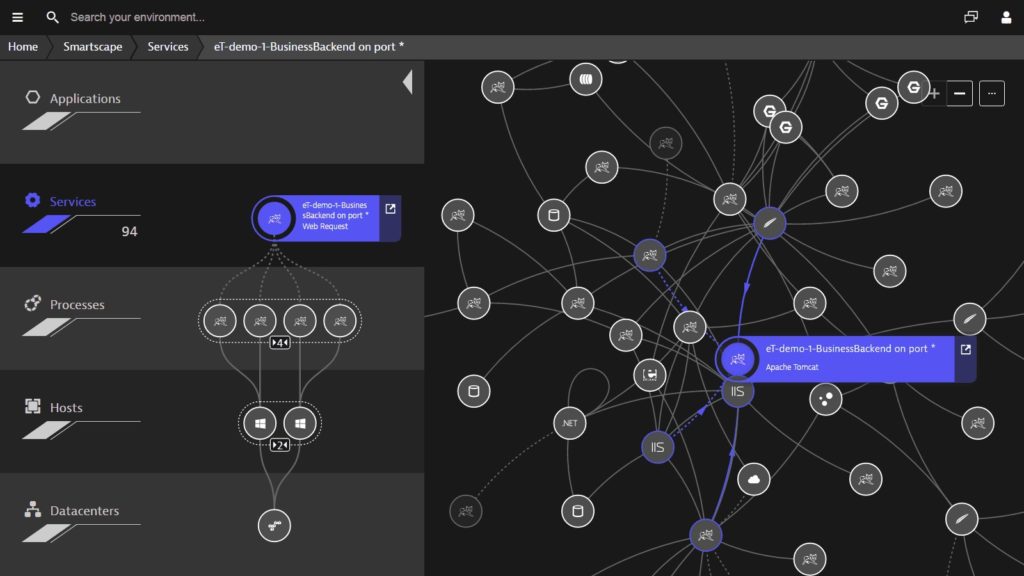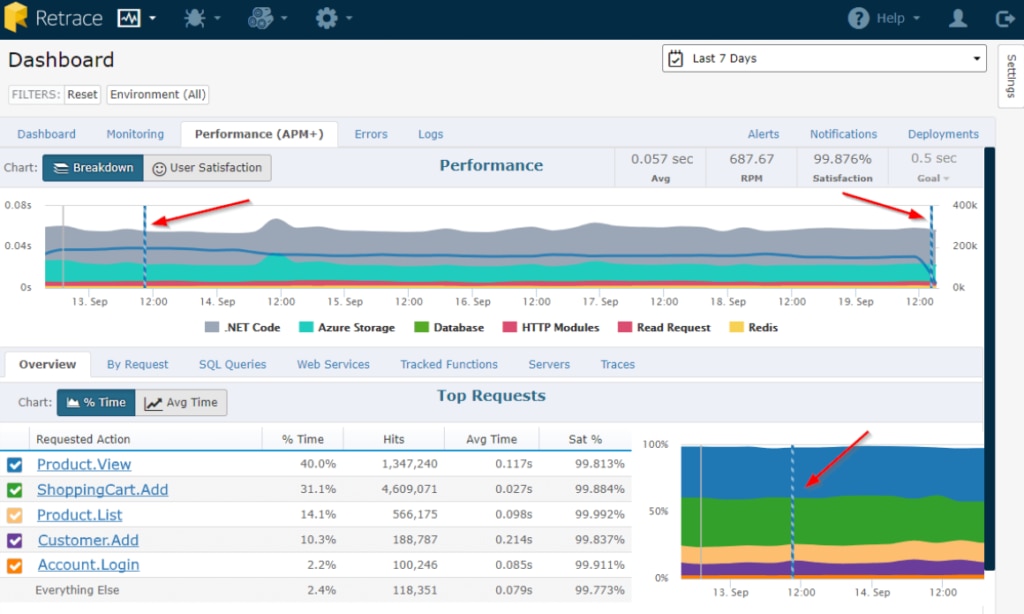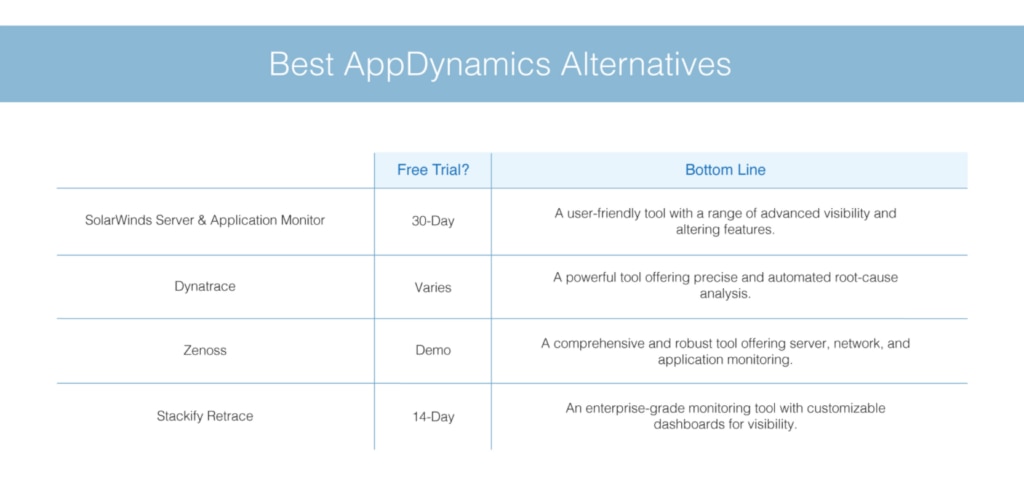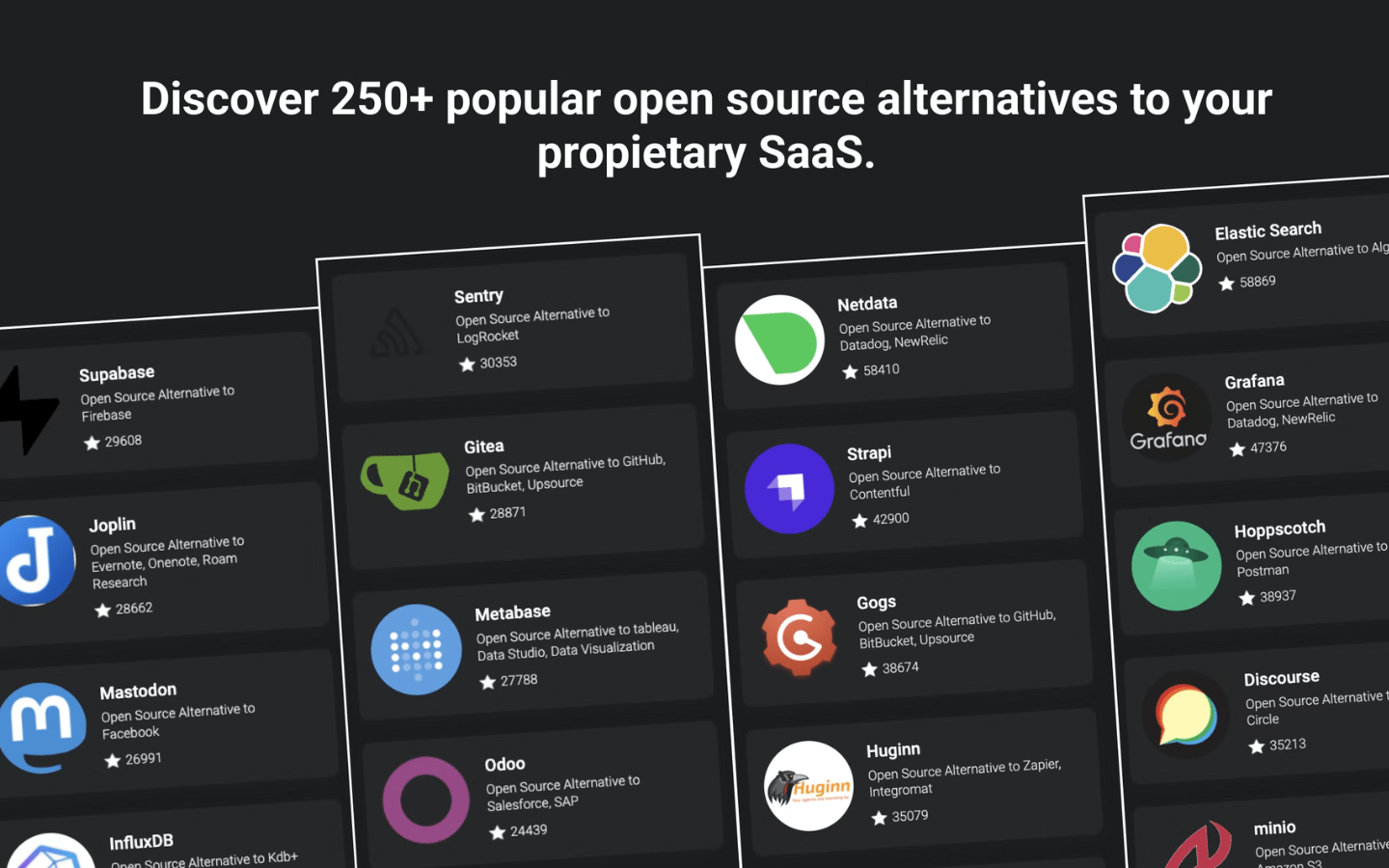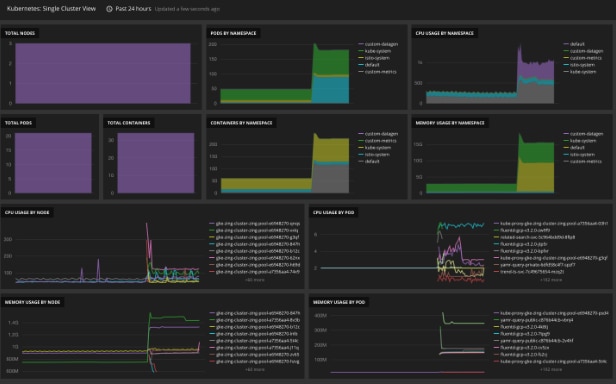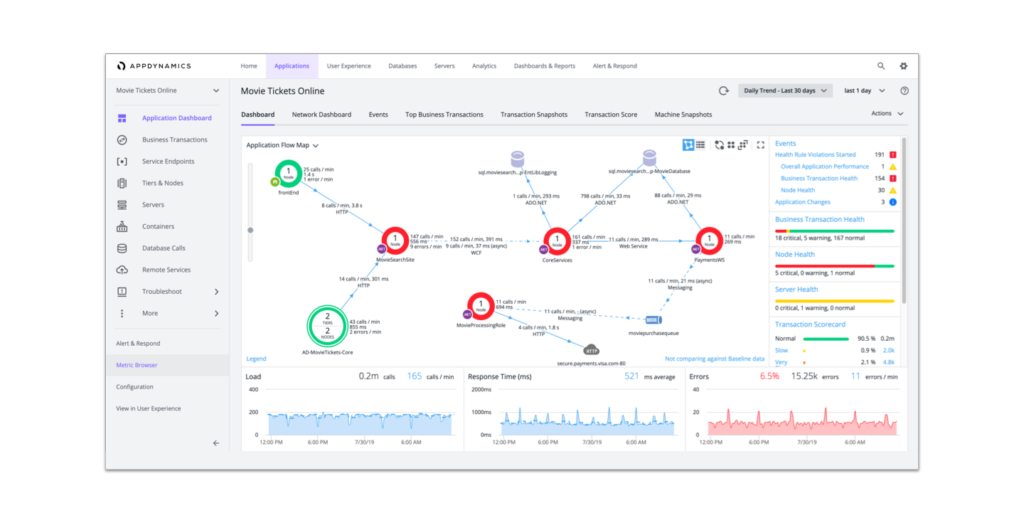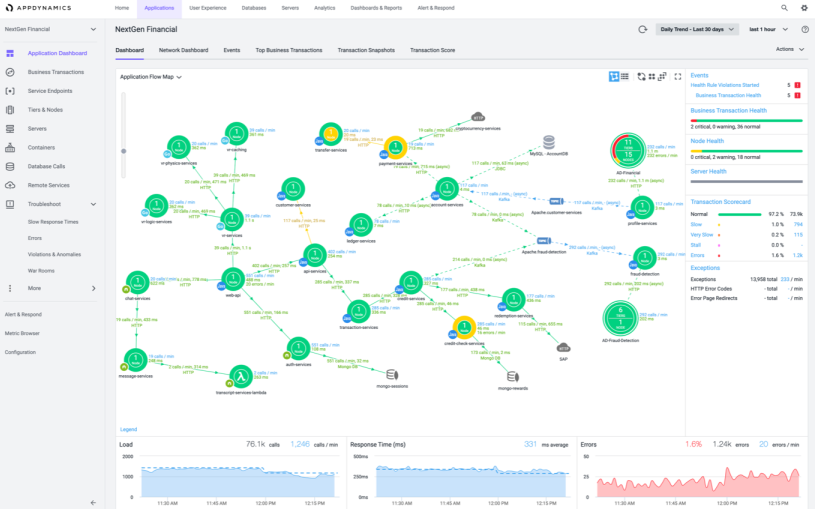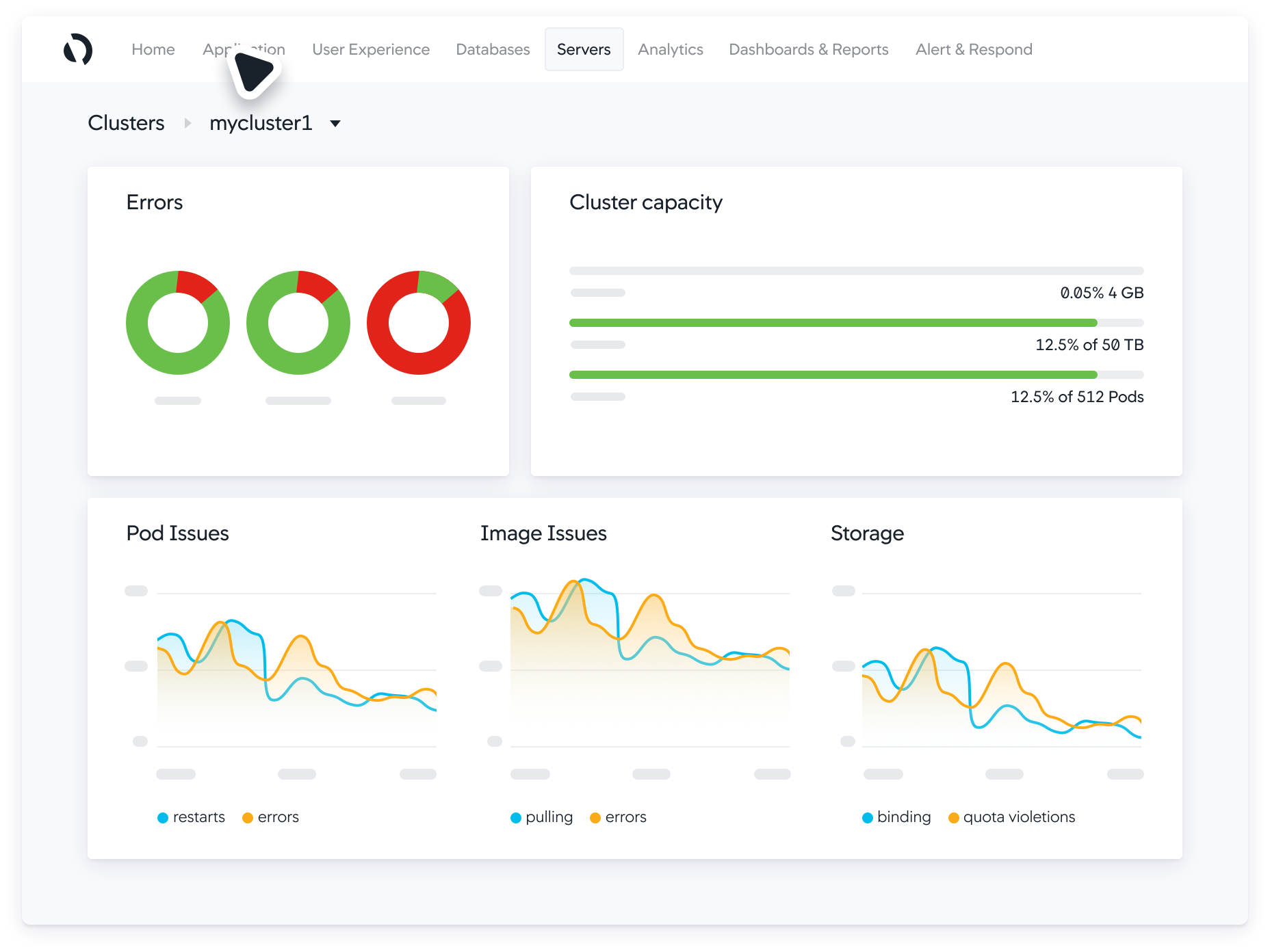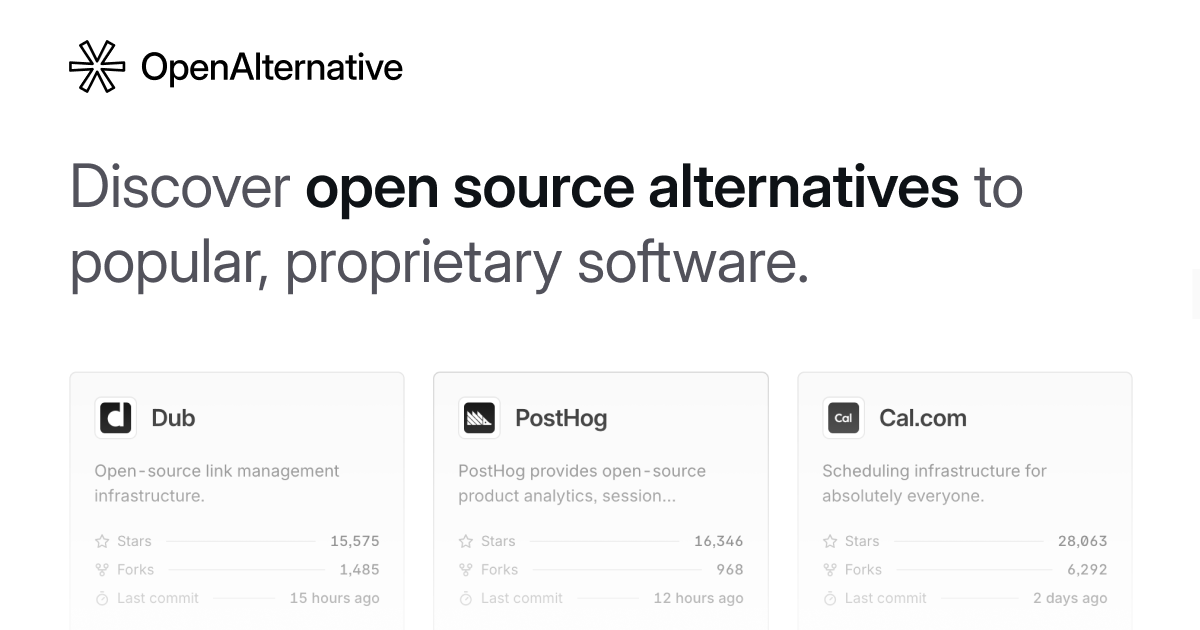Appdynamics Alternative Open Source
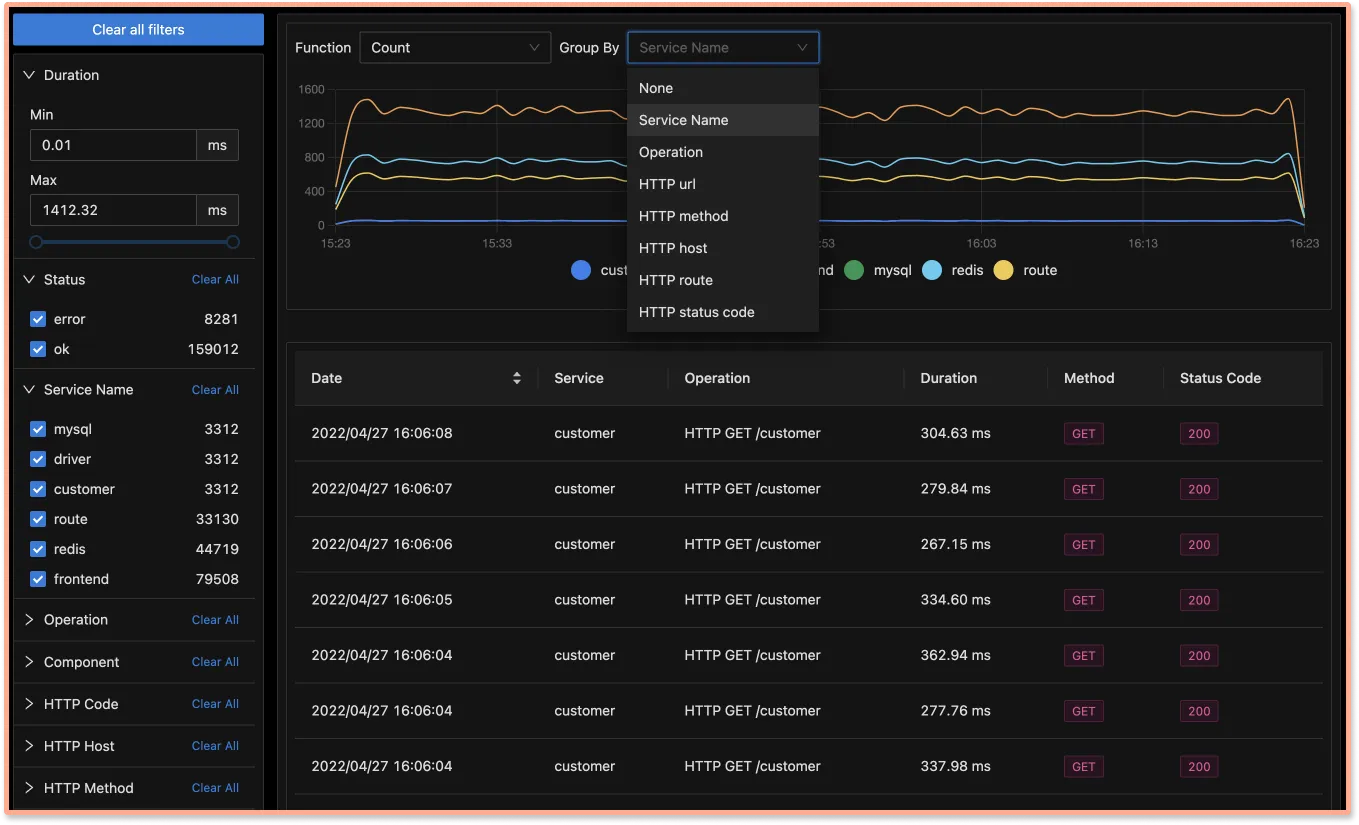
Organizations grappling with rising application performance monitoring (APM) costs face a new disruptive force: open-source alternatives challenging the dominance of proprietary solutions like AppDynamics.
Growing demand for transparent, customizable, and cost-effective APM solutions is fueling the adoption of open-source platforms, promising greater control and flexibility.
Open Source APM: A Budding Revolution
The market is seeing a surge in open-source APM solutions offering comparable functionalities to established players, often at a fraction of the cost. These alternatives provide visibility into application performance, infrastructure health, and user experience.
Key open-source platforms include Elastic APM, Jaeger (CNCF), Zipkin (Twitter), and Prometheus (CNCF), each offering unique features and catering to specific monitoring needs.
Elastic APM: A Comprehensive Solution
Elastic APM, integrated within the Elasticsearch, Logstash, and Kibana (ELK) stack, provides full-stack observability.
It offers distributed tracing, performance metrics, and error tracking, supporting multiple programming languages and frameworks.
Jaeger and Zipkin: Distributed Tracing Pioneers
Jaeger, a Cloud Native Computing Foundation (CNCF) project, focuses on distributed tracing for complex microservices architectures.
Similarly, Zipkin, originally developed by Twitter, offers distributed tracing capabilities to pinpoint performance bottlenecks across distributed systems.
Prometheus: Metrics-Focused Monitoring
Prometheus, another CNCF graduated project, excels at collecting and analyzing time-series data, making it ideal for monitoring infrastructure and application metrics.
Its powerful query language, PromQL, enables in-depth analysis and alerting based on performance trends.
Cost Savings and Customization
Open-source APM solutions significantly reduce licensing costs compared to proprietary platforms like AppDynamics.
Organizations gain greater control over their monitoring infrastructure and can customize the solutions to meet their specific requirements.
This adaptability is a major draw for companies seeking to avoid vendor lock-in and tailor their APM tools to their unique environments.
Challenges and Considerations
Implementing and maintaining open-source APM solutions requires in-house expertise.
Companies need to invest in training or hire skilled personnel to configure, manage, and troubleshoot these platforms.
The lack of dedicated vendor support can also be a challenge, requiring organizations to rely on community support and self-service resources.
Industry Adoption and Future Trends
The adoption of open-source APM is growing rapidly, driven by the increasing complexity of modern applications and the need for cost-effective monitoring solutions.
Enterprises are increasingly embracing open-source technologies across their IT infrastructure, and APM is no exception.
Expect continued innovation and refinement of open-source APM platforms, with a focus on enhanced features, improved scalability, and tighter integration with other DevOps tools.
Next Steps
Organizations considering open-source APM should carefully evaluate their monitoring needs, technical capabilities, and budget constraints.
A thorough assessment of different open-source platforms is crucial to identify the best fit for their specific environment.
Proof-of-concept deployments and pilot projects can help validate the effectiveness of open-source APM before committing to a full-scale implementation. The shift to open-source APM is likely to accelerate, potentially reshaping the APM landscape and empowering organizations with more control and cost-effectiveness.
